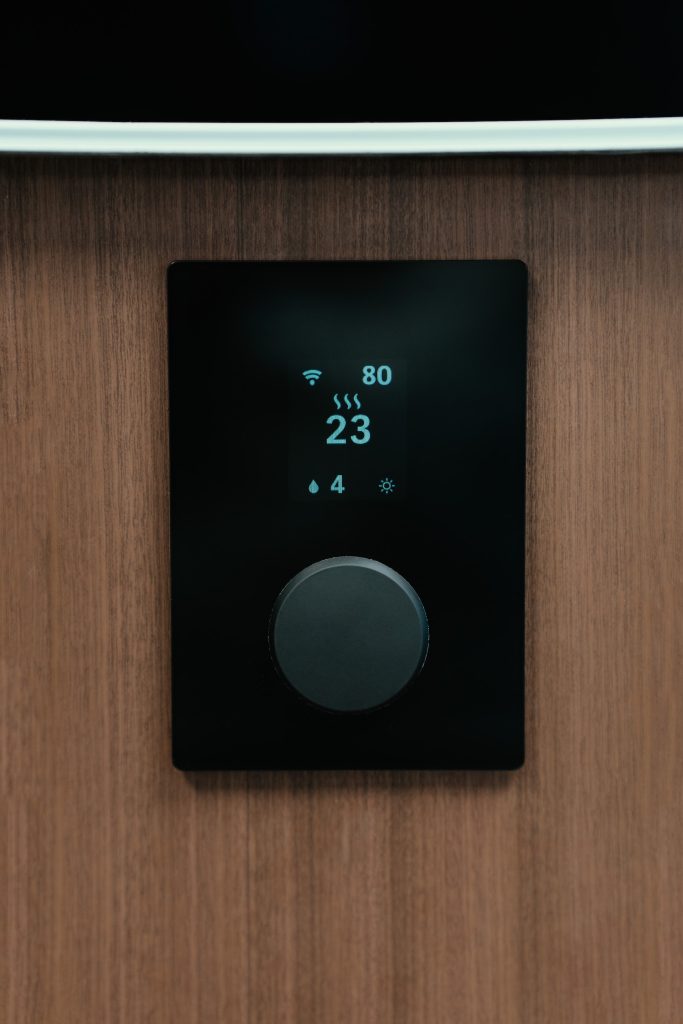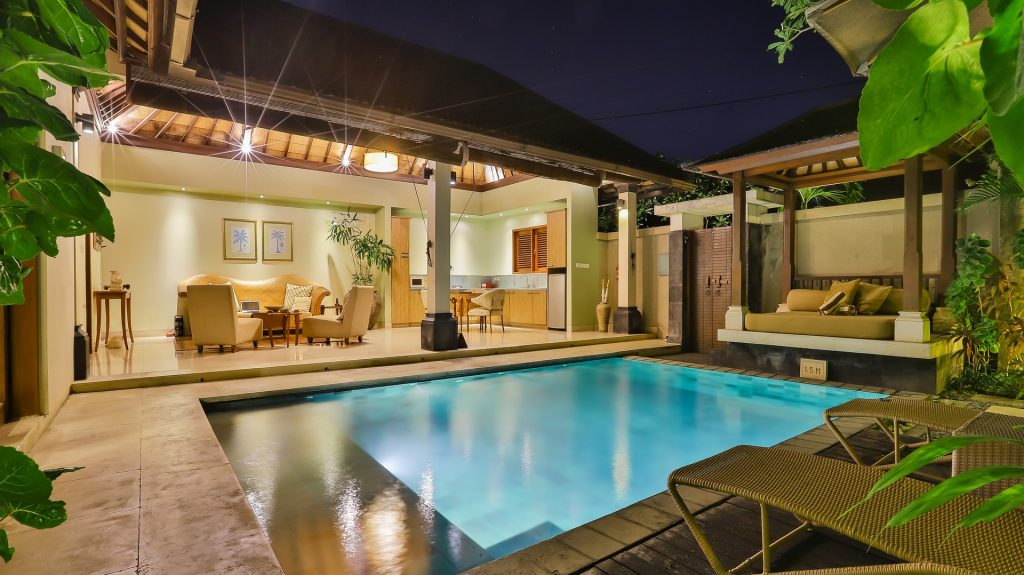As summer slips away and Arizona inches into fall, the temperature range from day to night can make it more difficult to maintain your home at a temperature that is both comfortable and energy efficient. If you are wondering what to set your thermostat to in the fall, here are some tips to help guide you toward an answer.
Energy History
The first thing you’ll need to consider when figuring out the best thermostat setting for fall is the energy efficiency of your HVAC system. Your heating and cooling systems make up around half of your home energy usage, according to the Department of Energy. As the biggest source of energy consumption in your home, the efficiency of your HVAC system is vital to keeping down the costs of maintaining a comfortable temperature in your home.
If your system is in good working order, then you’ll want to determine the best thermostat setting for your HVAC system. Since we are now into the fall, we’ll focus our discussion on the current season. The question then is what should your thermostat be set at in the fall?
The best place to start is with a review of your past energy use. Look at what you’ve paid for electric, gas, or other fuel sources for each month and compare those costs to the average temperature for the matching period.
You’ll be able to see the highs of summer when you are using more HVAC and winter when you are using more heating but focus on the in-between months that make up the fall season. Without the spikes before and after fall, it might be difficult to determine the ideal thermostat setting for fall. However, this is one of the best times to save on your energy costs. Aim for the temperature settings you were using on the lowest energy bills.
Weathering the Weather
It’s no secret that the more you can adjust your temperature so that you are using your HVAC system the least, the more money you will save. A simple adjustment of between seven to ten degrees for at least eight hours a day can result in savings of as much as 10% on your energy bill.
The best way to do this is to simply keep your home at a temperature setting that may be a bit warmer or cooler than you would like while you are out of the house. While turning off your system is not recommended, adjusting the temperature while you are away from home and won’t notice the change can lower your energy bill without creating discomfort while you are home.
Unlike the highs of summer and the lows of winter, the natural temperature of the fall months makes it an ideal time to make changes that won’t create unnecessary energy consumption. However, keep in mind that it is never a good idea to make drastic temperature adjustments. Make smaller, gradual increases or decreases as needed to achieve the ideal home environment.
Programmable Thermostats
In discussing adjustments to your home temperature, we’d be remiss not to mention the beauty of programmable thermostats that will do the work for you. Once you’ve determined the ideal temperature and what times of the day are best for adjusting while you are away from home, you can automate your changes with a programmable thermostat.
Fall temperatures in Arizona can be quite warm in the daytime and much cooler at night. The ability to set your thermostat to alter the temperature in your home accordingly will help to optimize your energy efficiency. You can create a schedule based on the extended forecast and update it periodically when there are changes significant enough to require it.
Ideally, your home temperature is best set around 78 degrees for warmer weather and 68 degrees when it is cooler. While these are good base temperatures to start with if you don’t have an energy history to review, you will want to adjust based on your preferences and the energy efficiency of your home.
Smart Thermostats
If you want to get ahead of the game, consider investing in a smart thermostat. You can take all the calculations and guesswork out of figuring out the best thermostat setting for fall by letting your thermostat do the work for you. This handy HVAC temperature controller will detect changes in your home and adjust the temperature as needed.
If you want the least amount of hassle and peak energy efficiency, this type of smart device is ideal. Not only will it decrease your energy use, but it will also let you monitor your home temperature when you are away. This is especially beneficial if you are away for a long period and want to adjust the temperature to a more comfortable level for your return home. It can also let you know if there has been a problem in your absence so you can plan for repairs.
Energy Efficiency
In talking about energy efficiency, it is not enough to simply determine what temperature to set your thermostat in the fall and make the adjustment. There are factors outside your HVAC system that will affect your energy costs. Leaks, inadequate insulation, poor circulation, lack of proper maintenance, and other issues can affect efficiency in even the most state-of-the-art HVAC system.
There is only so much work an ideal thermostat setting can accomplish. If outside issues that affect how well your HVAC system is working for you aren’t corrected, you will be hard-pressed to achieve the energy efficiency you desire. Periodic walkthroughs of your home to assess problems can help prevent unnecessary costs. Routine HVAC maintenance will keep your system performing at its best.
If you are concerned that you aren’t getting optimal use out of your HVAC system at the lowest costs, consider having a home energy audit done. With current incentives offered by recent legislation, this is a great time to have your home evaluated and correct issues that may be affecting your energy efficiency.
[related_posts_by_tax posts_per_page="3" format="thumbnails" image_size="medium"]










